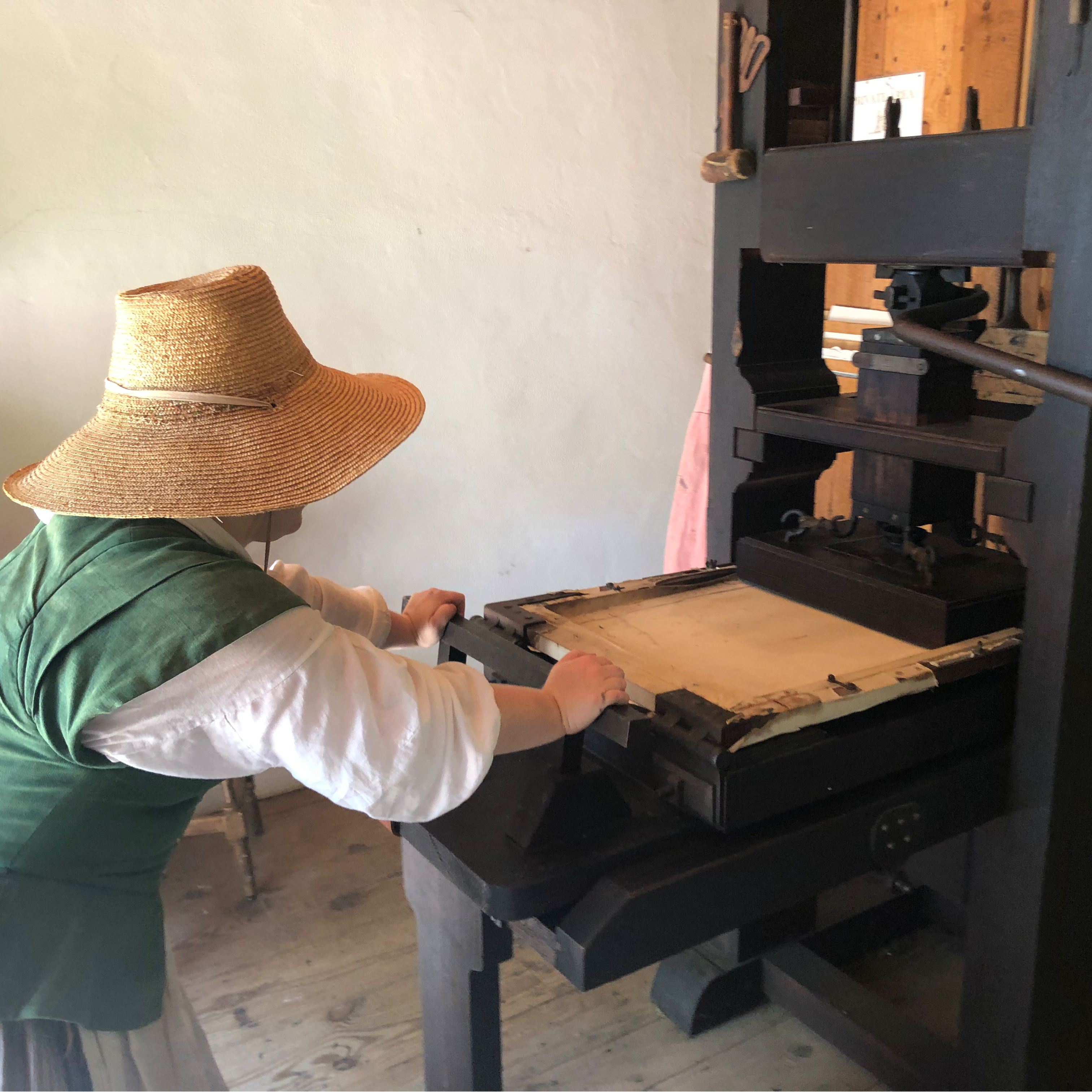Remember that all of my notes for this main lesson block can be found in much more detail on my website.
We began by looking at the life-size illustration of the eye of the Giant Squid in Actual Size and then reading Eye to Eye: How Animals See The World. These books (and many other wonderful titles) are both by Steve Jenkins.


The Skeletal System
- read "Bones and Body Plan: The Shape You're In" chapter from Blood and Guts: A Working Guide to Your Own Insides, stopping as follows:
- in the middle of page 21, get out the magnifying glasses and look at examples of exoskeletons: sheds from two cicadas and a tarantula
- at the bottom of page 21, draw the Eiffel Tower on the chalkboard
- do the Strength Experiment activity from pages 67-68 of "How a Long Bone Works" chapter in The Body Book: Easy-to-Make Hands-On Models That Teach -- we were able to hold the weight of five books!
- look at Skeletal System pages in the Wall Chart of Human Anatomy
- at the top of page 22, draw an illustration on the chalkboard of the mesh of a bone with the bits of mineral in the open spaces between the mesh
- when you sit an uncooked chicken long bone in vinegar for five days, the minerals will disappear but the collagen mesh will remain... you will be able to bend the bone
- when you cook a bone, the collagen mesh will disappear but the minerals will remain... you will have a bone broth which is very gelatinous... What Einstein Told His Cook: Kitchen Science Explained, "What do bones contribute to a stock?" on page 129
- at the bottom of page 22, explain that you can think of the structure of a long bone as a foam, explain how popcorn pops, and then do the Ivory Soap Trick
- read Amazing Facts from page 23 and read poems from Jeff Moss's book of Bone Poems while students are playing with the Ivory Soap foam (pictured above):
- "Bones" on page 20
"206" on page 70
"A Poem to Help You Figure Out What Bone the Patella Is" on page 64
"A Poem About One Way Scientists Tell How Smart Our Ancestors Were: They Measure the BrainSize by Filling the Skull with Uncooked Rice and Then Pouring the Rice into Measuring Cups (Yucch!) on page 59
- in the middle of page 24, look at collections of X-rays on the light table:
- Human X-Ray Set
- Human X-Ray Set: Broken Bones
- Animal X-Ray Set: Vertebrates
- Animal X-Ray Set: Invertebrates (we found the cicada)
- at the bottom of page 24, look at saddle joint model carved from floral foam "mug plug" (instructions in The Human Body: 25 Fantastic Projects Illuminate How the Body Works, #3 on page 57)
- do the Great Thumbless Survival Test activity from page 30 (pictured above: opening a granola bar wrapper and peeling a clementine were particularly difficult!)
- at the bottom of page 29, look at "Vertebral Column: Spine" on page 4 of the Human Anatomy Coloring Book
- do the "Make Your Own Flexible Spine" activity from page 58 of The Human Body: 25 Fantastic Projects Illuminate How the Body Works




The Muscular System
- read "Muscles: Your Mighty Movers" chapter from Blood and Guts: A Working Guide to Your Own Insides, stopping as follows:
- before reading the chapter, do the Hokey Pokey
- at the bottom of page 37, look at the "Muscles of the Upper Limbs" on page 11 of the Human Anatomy Coloring Book
- on page 41, look at the "Muscular System" on page 8 of the Human Anatomy Coloring Book
- at the top of page 42, look at "Skeletal Muscle" and "Cardiac Muscle" slides from the prepared microscope slides set
- at the bottom of page 45, look at the "Muscles of the Face, Head, and Neck" on page 9 of the Human Anatomy Coloring Book and do the Calisthenics for Your Face activity
- at the top of page 47, look at the "Muscles of the Lower Limbs" on page 12 of the Human Anatomy Coloring Book
- look at working hand model (instructions in The Human Body: 25 Fantastic Projects Illuminate How the Body Works, page 45)
- on page 48, do the Flexercise activity
- review all vocabulary using the Skeletal System and the Muscular System three-part cards from the ETC Montessori material for Human Physiology






Note #1: The Return of the Cicadas video on Vimeo is a fascinating look at the cicada life cycle. It's one of my favorite videos.
Note #2: I would have bought these but I didn't discover they existed until I was making this blog post. There's a set of very cool Fixed Bone X-Rays!!! Ordering them now...
Note #3: You can do this with Nervous System or Skeletal but it's fun to buy a turkey neck from the grocery store and boil it until the meat falls off. You can see how the vertebrae fit together and usually a bit of the spinal cord is still in there. If you don't want to deal with a turkey neck, buy an inexpensive can of bone-in salmon and let the kids find the backbone in it.

This post contains affiliate links to materials I truly use for homeschooling. Qualifying purchases provide me with revenue. Thank you for your support!














 Immersive Experience
Immersive Experience Immersive Experience
Immersive Experience








No comments:
Post a Comment